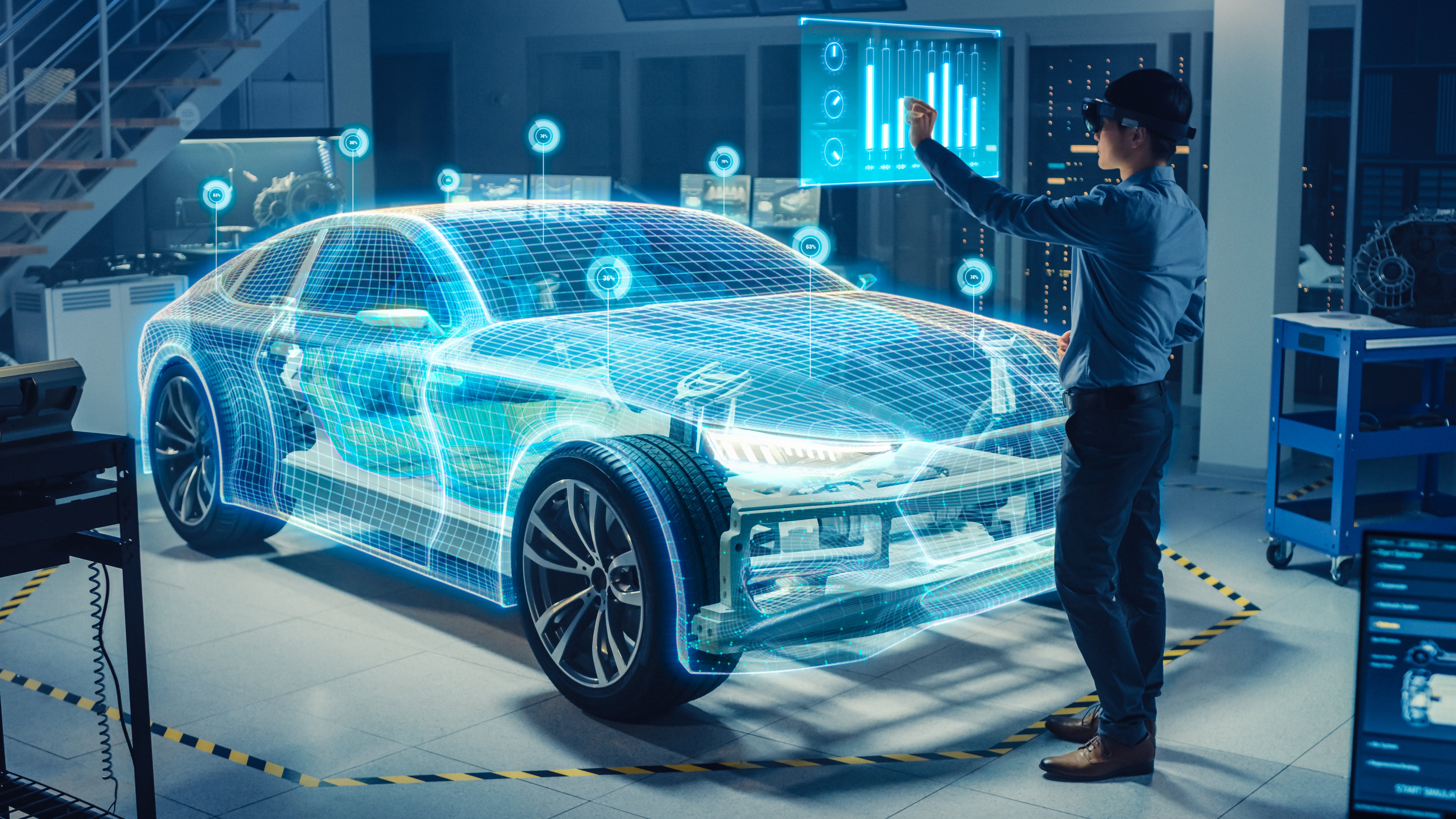How Digital Twins Change the Lifecycle Equation
With the advancement of dynamic digital twin software, legacy powertrain and new EV drivetrain producers are turning to the virtual world for answers and a better way to manage the manufacturing lifecycle.
A digital twin is a digital model of the physical manufacturing system created by connecting directly to CAD and PLM systems – plus the operational logic of the system. The result is a virtual, accurate representation of the manufacturing line that uses a real control system.
With a digital twin, you can prototype the design of a powertrain or drivetrain line in the virtual world – and test, debug and verify performance before you build or commission it.
Then, emulate the line throughout the system’s lifecycle to model performance and test new products and configurations. Keep in mind, digital twins leverage usage data captured by sensors and automation in the physical world to deliver a holistic picture that sheds light on current operation and potential bottlenecks.
Lower Risk of New Technology Implementations with Better Decision-making
Simply put, dynamic digital twins help you reduce the risks associated with innovation by clearly demonstrating the impact of system design choices.
Digital twins enable EV drivetrain and battery module/pack producers to address the manufacturing lifecycle in a new way – and create a truly agile environment that keeps pace with technology and market developments.
Learn more about how Rockwell Automation dynamic digital twin solutions can help you unlock a more agile manufacturing process.
And discover other ways we are helping EV manufacturers win the race to market.



